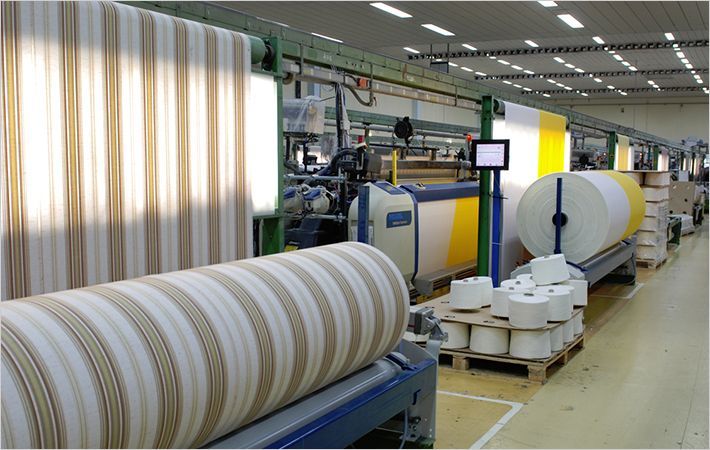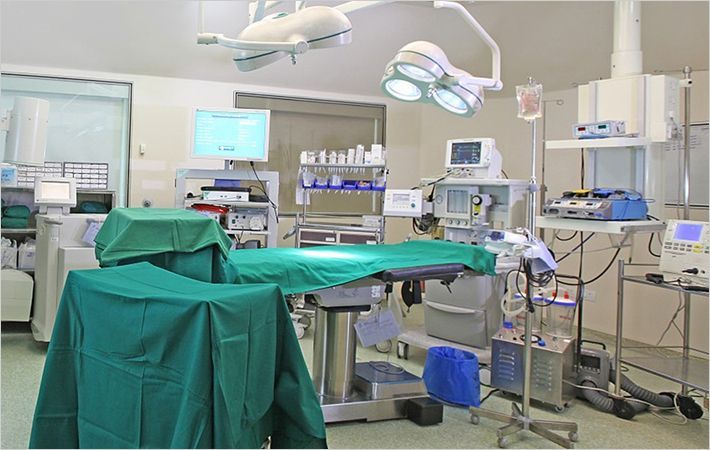The Molecular and Industrial Biotechnology Group of the Universitat Politècnica de Catalunya • BarcelonaTech (UPC) has improved the antimicrobial properties of medical textiles using an enzymatic pre-treatment combined with simultaneous deposition of nanoparticles and biopolymers under ultrasonic irradiation.
The technique is used to create completely sterile antimicrobial textiles that help prevent hospital-acquired infections. The research was carried out within the framework of the European SONO project, which received €12 million in funding and involves a consortium of 17 companies and research centres, including the GBMI.The Molecular and Industrial Biotechnology Group of the Universitat Politècnica de Catalunya • BarcelonaTech (UPC) has improved the antimicrobial properties of medical textiles using an enzymatic #
Nosocomial infections—defined as infections not present and without evidence of incubation at the time of admission—remain a significant problem for hospitals.
In an effort to tackle the problem, the European Union is funding the SONO project, which involves the participation of 17 partners, including the Molecular and Industrial Biotechnology Group, which is based at the UPC's Terrassa Campus. The goal is to improve the antimicrobial properties of medical textiles by using ultrasonic irradiation to deposit zinc oxide nanoparticles and biopolymers on these materials.
The team of researchers—based at the UPC's Terrassa Campus and led by Tzanko Tzanov—used enzymes that improve adhesion of the antimicrobial nanoparticles to the fabric under ultrasonic irradiation. By applying these enzymes, the researchers increased the durability of the nanoparticles on the fabric to such a degree that they remain present even after 70 laundry cycles.
The research conducted by the GBMI paves the way for the production of textiles with antimicrobial properties that are fully effective. The effectiveness of the antimicrobial treatment has also been boosted by incorporating in the fabric hybrid materials that combine organic and inorganic components (zinc and chitosan nanoparticles). In addition to eliminating any bacteria present, these materials prevent the growth of new microbes.
Two prototype machines based on the results generated by the SONO project are now being used to manufacture hospital gowns and linen. One is installed at the facilities of the Italian company KLOPMAN International, the other at the Romanian firm DAVO Clothing. The fabrics produced are currently being tested at a hospital in Sofia (Bulgaria), and the results obtained have been very positive.
Factors leading to an increase in the rate of nosocomial infections include a rise in the number of immunocompromised patients, the appearance of resistant microorganisms, the increasing complexity of medical interventions, and the performance of invasive procedures.
Hospital-acquired infections are one of the leading causes of mortality and increased morbidity in inpatients and place a heavy burden on the health system. Between 3 and 10% of inpatients acquire an infection during their hospital stay. The mortality rate for nosocomial infections is 1%, and they contribute to 3% of mortality from other diseases.
As for medical costs, it has been estimated that infections of this type lengthen hospital stays by between five and ten days, a statistic that underscores the economic impact of the problem.
Nosocomial infections of endogenous origin occur mainly as a result of contact with hospital gowns and sheets. In fact, any type of linen used in a hospital setting can harbour bacteria and spread infection to patients and medical staff. It is estimated that there are over 4 million hospital-acquired infections each year in Europe. This alarming statistic has driven the development of prophylactic techniques that focus directly on medical textiles. The SONO project, a European initiative aimed at producing smart antibacterial textiles that are 100% effective, is part of this effort.
Universitat Politècnica de Catalunya • BarcelonaTech (UPC)

